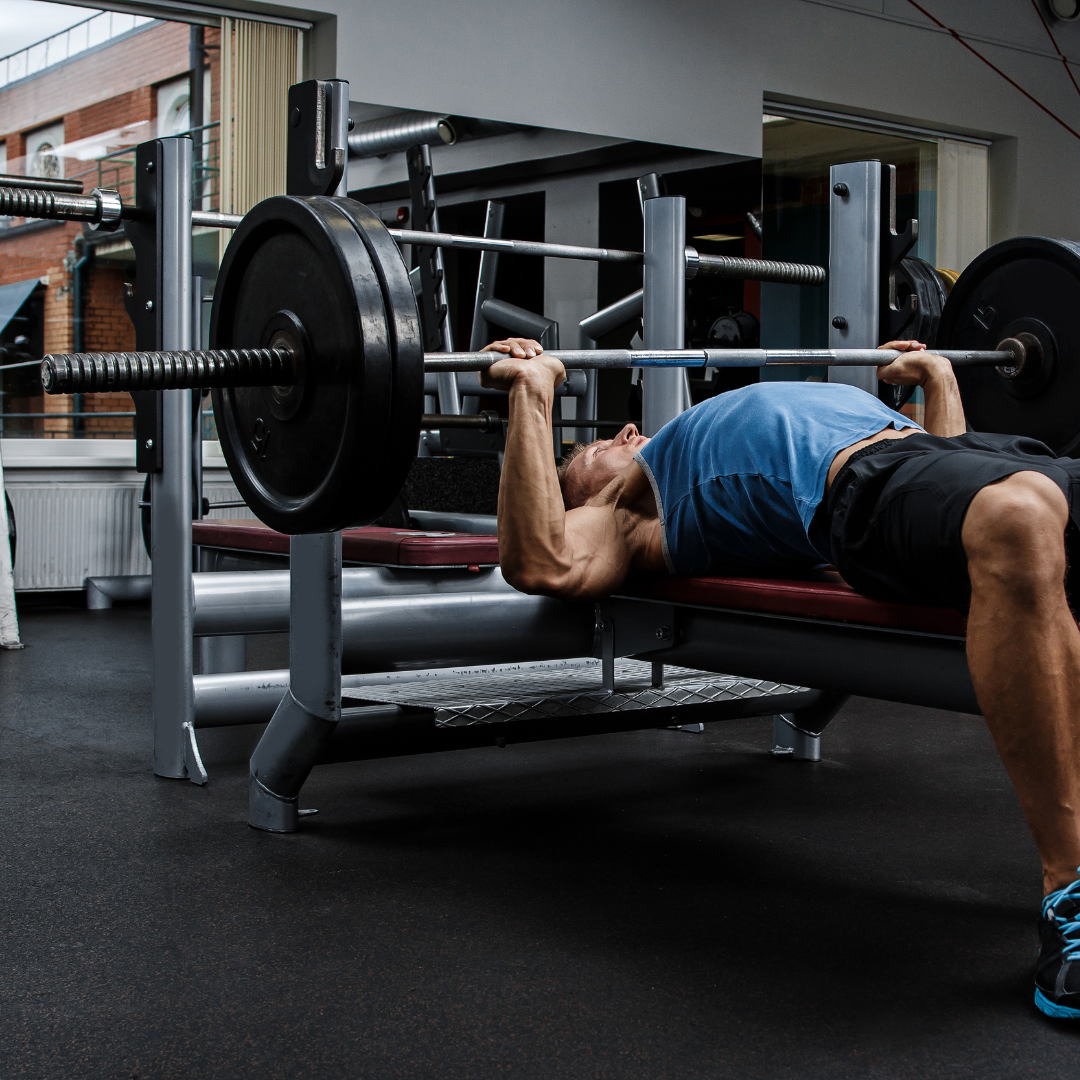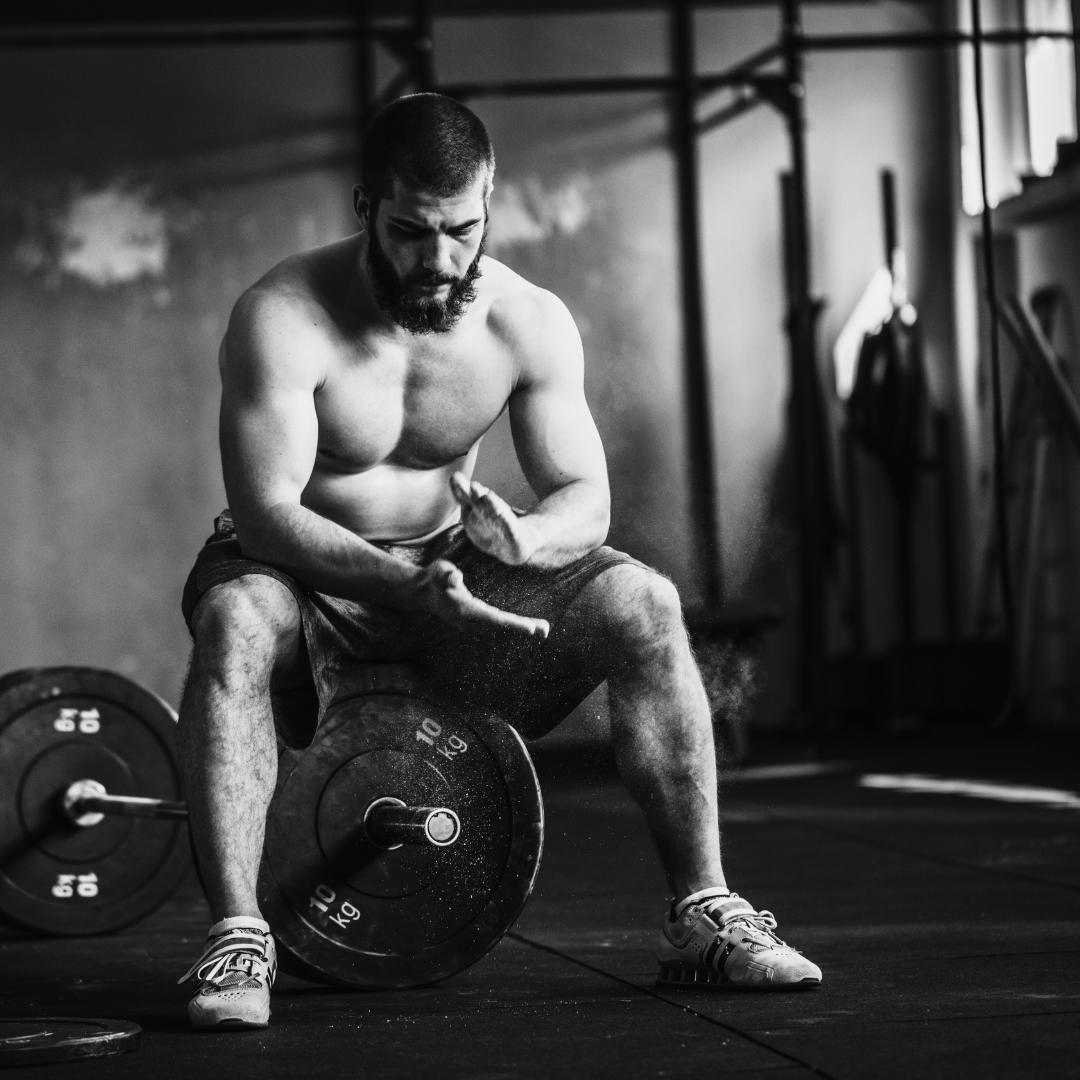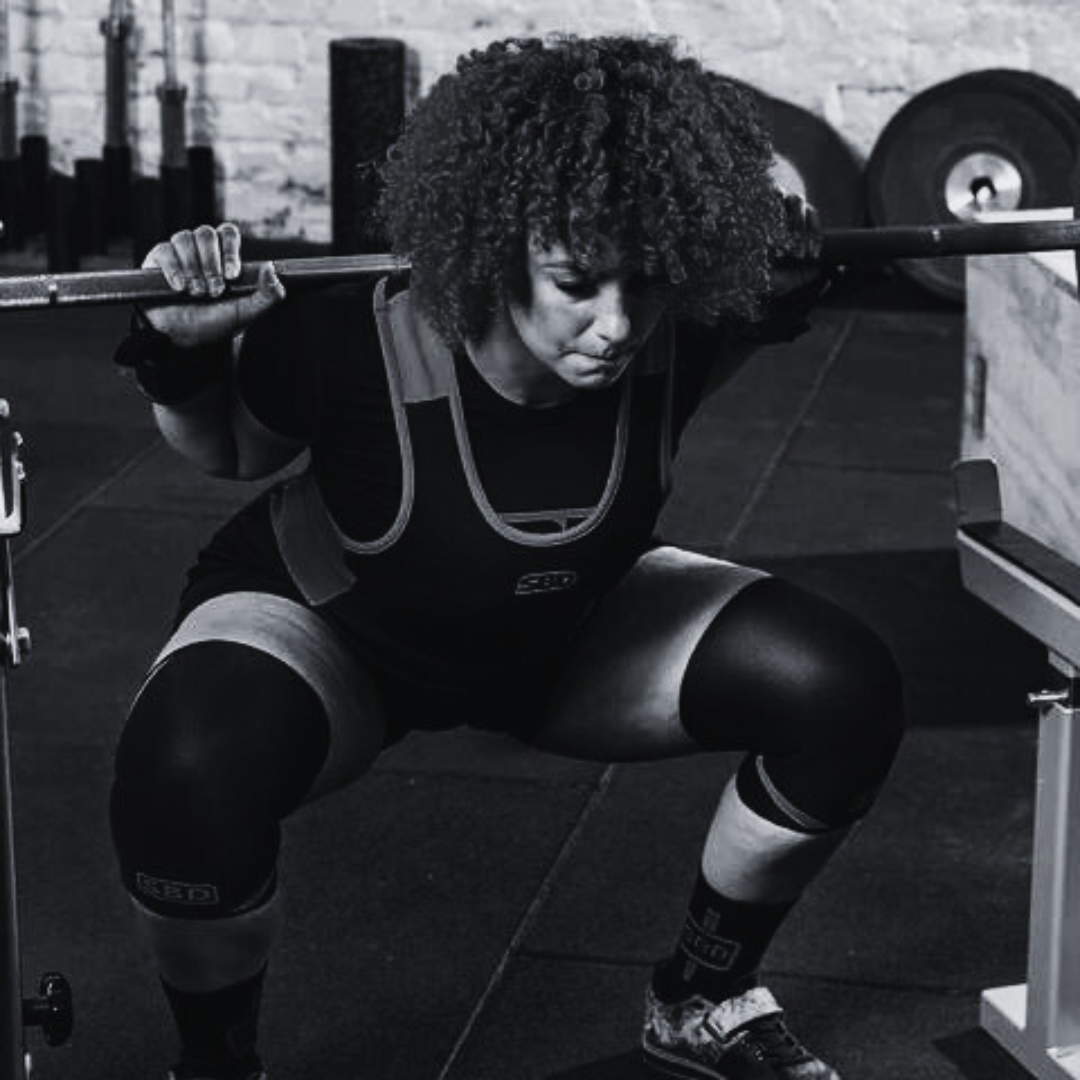Introduction
The bench press, a cornerstone of weightlifting, has transcended gym culture to become a symbol of strength and fitness. Whether you're a seasoned lifter or a newbie in the weight room, understanding the muscles involved in a bench press is crucial for maximizing its benefits.
Muscles Targeted in Bench Press
When you unrack that barbell for a bench press, you primarily engage the pectoralis major, better known as the chest muscles. These muscles play a pivotal role in the horizontal pushing motion. Additionally, the anterior deltoids and triceps are recruited as synergists, supporting the movement.
Importance of Chest Muscles
Beyond the aesthetics of a well-defined chest, the development of chest muscles is vital for functional strength. A robust chest contributes to daily activities and athletic performance, making it a focal point in strength training.
Triceps Engagement in Bench Press
While the chest takes the spotlight, the triceps are unsung heroes in the bench press. They kick into high gear during the extension phase, playing a crucial role in overall upper body strength development.
Shoulder Involvement
The deltoids, particularly the anterior part, stabilize the shoulders during a bench press. Ensuring proper shoulder positioning is paramount to avoid injuries and enhance the effectiveness of the exercise.
Bench Press Variations and Muscles Targeted
Incline and decline bench presses shift the emphasis to different parts of the chest and shoulders.
Understanding these variations can elevate your workout routine, providing a more comprehensive approach to muscle development. Let's delve into various bench press variations and the specific muscles they target.
1. Incline Bench Press
Muscles Targeted:
- Upper Chest (Clavicular Head of Pectoralis Major): The incline angle places greater emphasis on the upper chest, contributing to a well-rounded chest development.
- Anterior Deltoids: Actively engages the front part of the shoulder muscles.
- Triceps Brachii: Assists in the extension phase of the lift.
Benefits:
- Targets the often-neglected upper chest for a more balanced aesthetic.
- Develops strength in the shoulder muscles.
2. Decline Bench Press
Muscles Targeted:
- Lower Chest (Sternal Head of Pectoralis Major): Emphasizes the lower part of the chest, enhancing overall chest definition.
- Triceps Brachii: Works in coordination with the chest muscles.
Benefits:
- Focuses on the lower chest for a comprehensive chest workout.
- Places less stress on the shoulders compared to flat or incline presses.
3. Close Grip Bench Press
Muscles Targeted:
- Triceps Brachii: The close grip reduces the involvement of the chest, making it a triceps-dominant exercise.
- Inner Chest: Engages the inner part of the chest to a greater extent.
Benefits:
- Excellent for targeting triceps for strength and definition.
- Can be beneficial for those looking to improve the inner chest.
4. Wide Grip Bench Press
Muscles Targeted:
- Outer Chest: The wider grip emphasizes the outer part of the chest.
- Anterior Deltoids: Actively engaged due to the wider hand placement.
- Triceps Brachii: Contributes to the extension phase.
Benefits:
- Targets the chest from a different angle, enhancing overall chest development.
- Engages the shoulders and triceps for a more comprehensive upper body workout.
5. Dumbbell Bench Press
Muscles Targeted:
- Stabilizer Muscles: Requires greater stabilization, engaging smaller stabilizer muscles.
- Unilateral Chest Engagement: Allows for independent movement of each arm, addressing muscle imbalances.
Benefits:
- Improves muscle balance and coordination.
- Offers a greater range of motion compared to barbell bench press.
Bench Press and Core Activation
A surprising element of bench pressing is the engagement of core muscles. A stable core not only aids in maintaining proper form but also contributes to overall body strength.
Common Mistakes and Muscles Affected
Overarching the back is a common error that not only compromises the chest workout but also puts strain on the lower back muscles. Maintaining a flat back or slight bend is essential for targeting the right muscle groups.
Adapting Bench Press for Different Fitness Levels
For beginners, mastering the basics of bench press form is paramount. Advanced lifters can explore techniques like paused reps and accommodating resistance to challenge their muscles in new ways.
Understanding how to tailor the bench press to your fitness level is crucial for a safe and effective workout. Let's explore how to adapt the bench press for different stages of fitness.
1. Beginners' Approach
Form Focus:
- Light Weights: Start with a weight that allows you to focus on perfecting your form.
- Guidance: Seek assistance from a trainer or experienced lifter to ensure proper technique.
- Barbell Familiarization: Begin with an empty barbell to get accustomed to the movement.
Frequency:
- Twice a Week: Incorporate bench press into your routine 1-2 times a week to build a foundation.
Rep Range:
- Moderate Reps: Aim for 8-12 reps per set to promote muscle endurance and form reinforcement.
2. Intermediate Lifters
Progression:
- Gradual Increase: Increase weights gradually to continue challenging your muscles.
- Introduce Variations: Incorporate incline and decline bench press for muscle diversity.
Strength Building:
- Lower Reps, Higher Weights: Shift towards 5-8 reps per set for strength development.
- Spotter Utilization: Engage a spotter for heavier lifts to ensure safety.
Incorporate Supersets:
- Efficiency: Combine bench press with complementary exercises in supersets for efficiency.
- Muscle Fatigue: Increase intensity by minimizing rest between sets.
3. Advanced Techniques for Seasoned Lifters
Advanced Variations:
- Dumbbell and Barbell Combinations: Combine dumbbell and barbell bench press in a single workout.
- Isometric Holds: Introduce isometric holds at different points of the lift for increased challenge.
Periodization:
- Periodic Strength and Hypertrophy Phases: Periodically shift between phases to optimize muscle growth and strength.
Intensity Techniques:
- Drop Sets: Gradually reduce weights within a set to maximize muscle fatigue.
- Paused Reps: Add pauses at different points during the lift to enhance control and strength.
Injury Prevention Tips
Preventing injuries during bench press begins with a thorough warm-up. Focusing on proper form, avoiding excessive ego lifting, and incorporating mobility exercises contribute to a safer lifting experience.
Gym Accessories for Bench Press
The bench press, a staple in strength training, becomes even more effective and safe with the right gym accessories. These tools not only enhance your performance but also contribute to injury prevention and overall comfort during the exercise.
Wrist Wraps
Protecting your wrists during bench press is vital, especially when dealing with heavy weights. Wrist wraps offer additional stability to the wrist joints, reducing the risk of strains or injuries. Invest in wraps with adjustable tension for a personalized fit.
If you're looking for a high quality wrist wrap for your bench press, make sure to check out our SBD Wrist Wraps!
Chalk
Chalk is a simple yet effective accessory for bench press enthusiasts. Applying chalk to your hands reduces moisture and enhances your grip on the barbell. Properly chalked hands minimize the risk of slippage, especially during intense lifting sessions.
Conclusion
In the realm of strength training, the bench press stands as a fundamental exercise with multifaceted benefits. From sculpting an impressive chest to fostering overall strength and resilience, its impact goes beyond the physical.
So, the next time you approach the bench, recognize the symphony of muscles at work and embrace the holistic benefits of this timeless exercise.
FAQs
-
Is bench press suitable for beginners? Absolutely! Start with lighter weights, focus on form, and gradually increase the load.
-
Can bench press help with shoulder pain? When done with proper form, bench press can strengthen the shoulders and alleviate pain.
-
How often should I include bench press in my workout routine? It depends on your overall workout plan, but 1-3 times a week is a common frequency.
-
Are there alternatives to bench press for chest development? Yes, exercises like push-ups, chest flies, and dips can complement or substitute bench press.
-
Can bench press contribute to muscle imbalances? Yes, improper form or overreliance on bench press can lead to muscle imbalances. It's crucial to balance pushing and pulling exercises.




